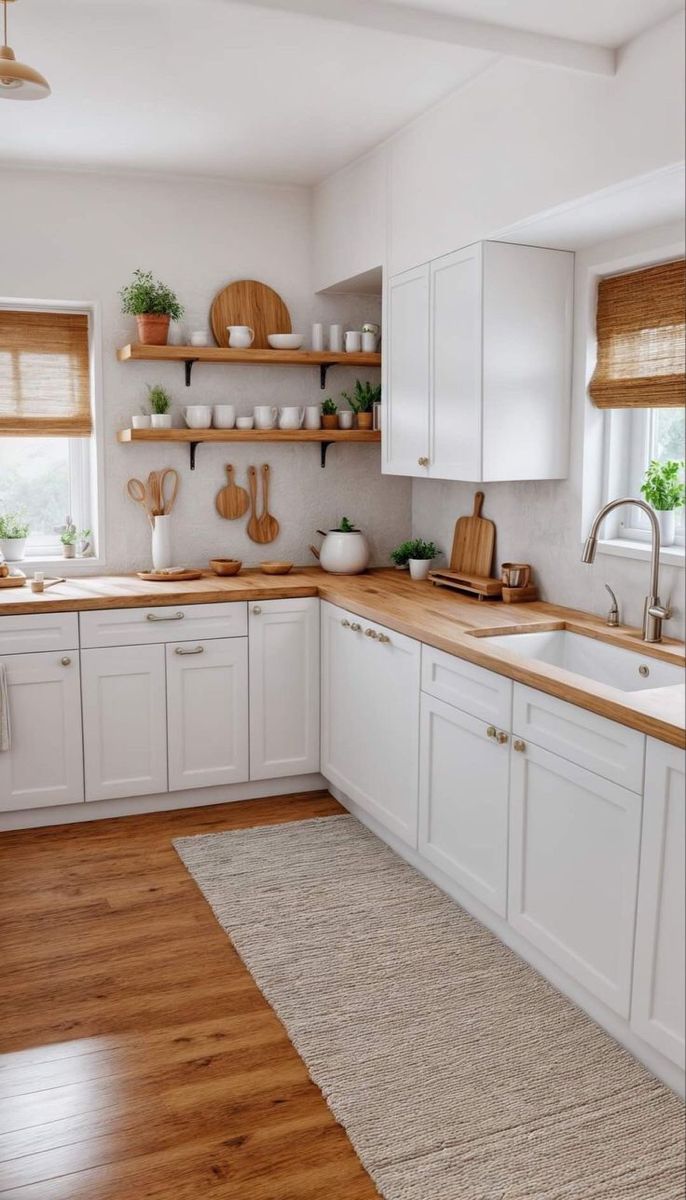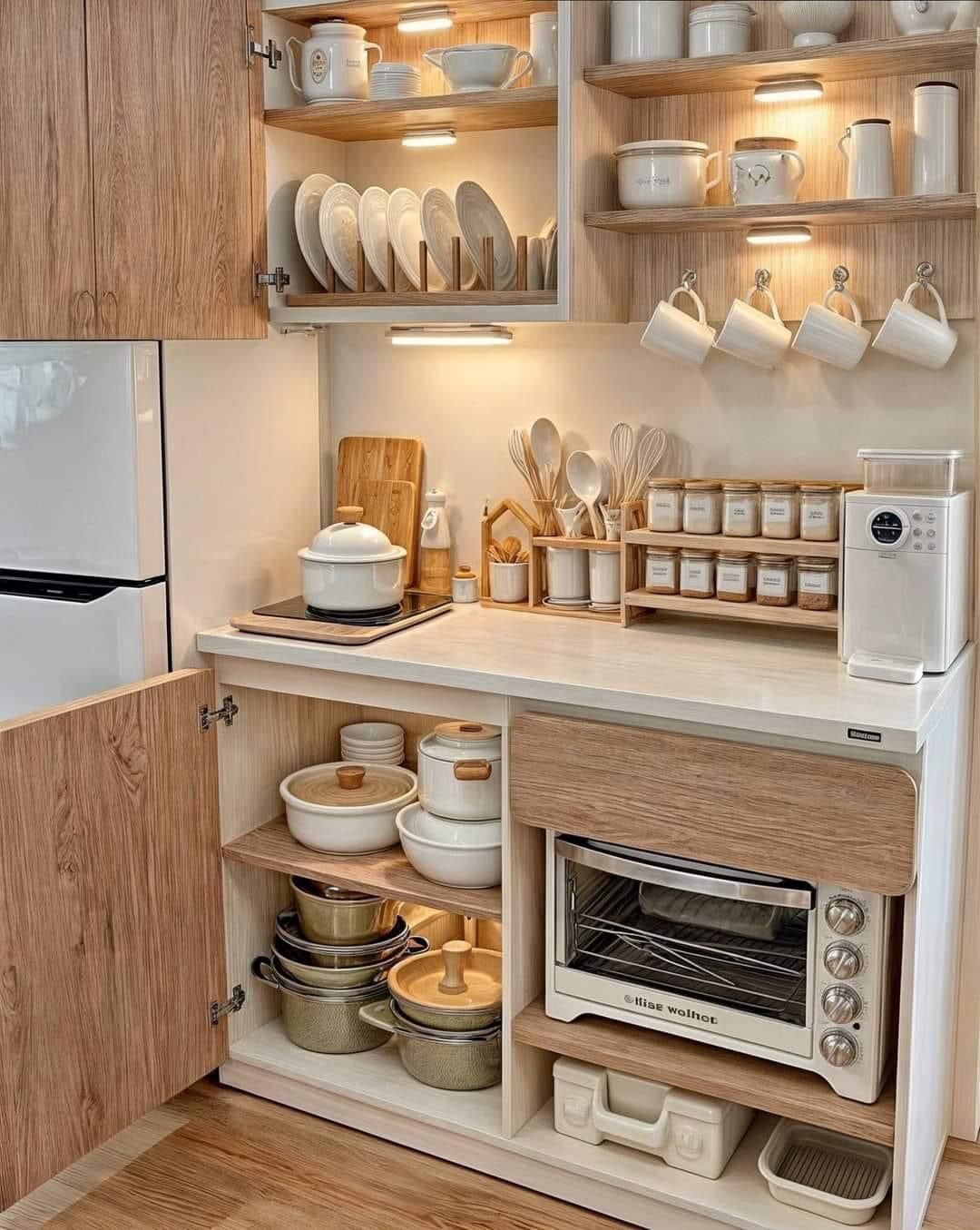In the fast-evolving world of restaurant design, the use of bamboo furniture is becoming increasingly popular. Not only does bamboo offer an eco-friendly alternative to traditional materials, but it also brings a unique aesthetic appeal that can significantly enhance a restaurant’s ambiance.
1. Sustainability and Environmental Impact
One of the main reasons for the growing popularity of bamboo furniture in restaurant layouts is its sustainability. Bamboo is a highly renewable resource that grows rapidly, sometimes up to three feet in a day, making it an excellent choice for eco-conscious establishments. Unlike hardwoods that take decades to mature, bamboo can be harvested every three to five years without harming the environment. This rapid growth rate, combined with its low environmental impact, positions bamboo as a leading material in sustainable restaurant design.
2. Durability and Strength
Bamboo is not just environmentally friendly; it is also incredibly durable. Its strength-to-weight ratio is comparable to steel, making it a robust choice for restaurant furniture that must withstand daily wear and tear. Bamboo furniture is resistant to scratches, dents, and other forms of damage, ensuring that it retains its beauty and functionality over time. This durability makes bamboo furniture a cost-effective option for restaurant owners who want long-lasting solutions that do not require frequent replacement.
3. Aesthetic Appeal
The natural look of bamboo can greatly enhance the visual appeal of a restaurant. Its warm tones and unique grain patterns add a touch of elegance and sophistication to any space. Bamboo furniture can be crafted into various styles, from traditional to modern, allowing restaurant owners to customize their decor according to the desired theme. Whether used in dining tables, chairs, or decorative elements, bamboo brings a sense of tranquility and connection to nature, which can enhance the overall dining experience.
4. Versatility in Design
Bamboo’s versatility is another reason why it is favored in restaurant layouts. It can be used in a variety of furniture pieces, including chairs, tables, bar stools, and even decorative panels. Additionally, bamboo can be stained, painted, or left in its natural state, providing endless design possibilities. This versatility allows restaurant designers to create unique and personalized environments that reflect the brand’s identity while maintaining a cohesive and inviting atmosphere.
5. Aligning with Modern Consumer Values
Today’s consumers are increasingly concerned with sustainability and the environmental impact of their choices. By incorporating bamboo furniture into their layouts, restaurants can appeal to this growing demographic of eco-conscious diners. The use of bamboo not only demonstrates a commitment to environmental responsibility but also creates a talking point that can enhance the restaurant’s brand image.
Incorporating bamboo furniture into restaurant layouts offers numerous benefits, from its sustainability and durability to its aesthetic appeal and versatility. As more restaurant owners seek to align their businesses with modern consumer values, bamboo furniture presents an attractive option that meets both functional and environmental needs. By choosing bamboo, restaurants can create beautiful, sustainable spaces that leave a lasting impression on their customers.
Post time: Aug-15-2024







